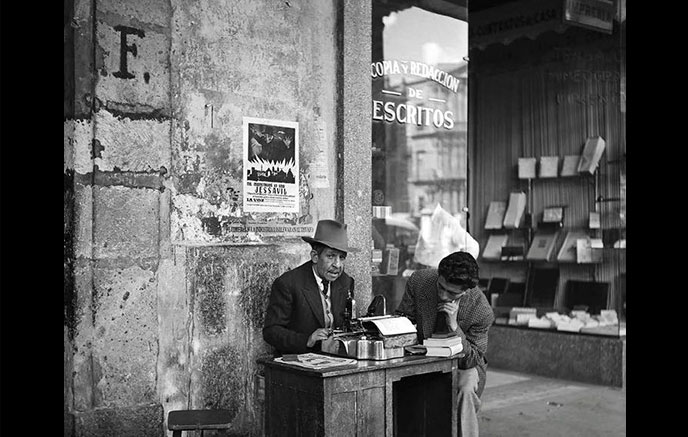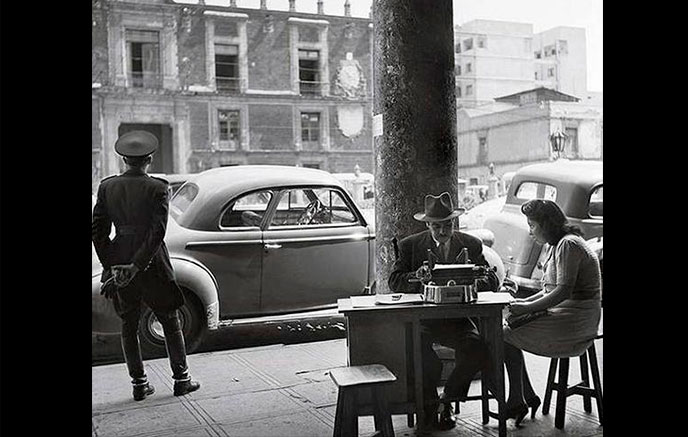




The center of Mexico City owes its origins to the ancient Tenochtitlán, place that is vestige of a complicated past, in addition to the fusion of cultures and religious beliefs. The city was developed during three centuries in which several reconstructions of many of its main buildings were necessary.


An emblematic corner of the city that was gradually taking shape in the midst of all these reconstructions, is what we know today as the Plaza de Santo Domingo, a building that was built in the seventeenth century. That space that is located on the corner of Republic of Cuba # 96 almost corner with Republic of Brazil, formed part of the palace of Cuauhtémoc, the last Tlatoani mexica.




The 19th century came to Mexico along with its independence, the War of Reformation and the beginning of the Porfiriato, movements that once again impacted on the architectural face of the city, where the Neoclassical and Art Nouveau had their rise at the expense of destruction Of new Spanish buildings. Again the facades of the Plaza de Santo Domingo were modified.


As a result of the application of the Reform Laws regarding the expropriation of Church property, the Plaza de Santo Domingo suffered serious alterations of a new account. During the first half of the nineteenth century trade was free, so places were established for the sale of pulque and other products in several places, one of them: the square of Santo Domingo. Commerce was formally established in the area.





Little by little the enlargements of the square were settled until arriving at the ones that we know today. The present dimensions date from the year 1861, when the wall of lime and stone that formed the atrium of the temple was demolished, which then to the houses of the Street of the Fence, until finding in a right angle the wall that came from the Belisario Domínguez Street, continuing the cloth of the church. It also proceeded to stone it.



At the end of the 19th century, they established themselves under the portals of the Plaza de Santo Domingo-not without lodging circuses and entertainment for the entertainment of the locals-some evangelists who dedicated themselves to writing letters or documents for those who could not read or write. Initially they used feathers of birds and paper, however, over time they incorporated the use of mechanical typewriters. From there comes the name of the buildings that flank the square: Portals of the Evangelists.






At present, and after a number of modifications, the Plaza de Santo Domingo has become one of the must-see places for anyone visiting the Historic Center. Now the number 96 of the street of Republic of Cuba will be one more jewel, not only of which is the second most important square of the capital, but of the city, Santo Domingo Hotel Boutique offers you a unique experience with delicious gastronomy and hospitality . An emblematic site where history takes shape, awaits you.








